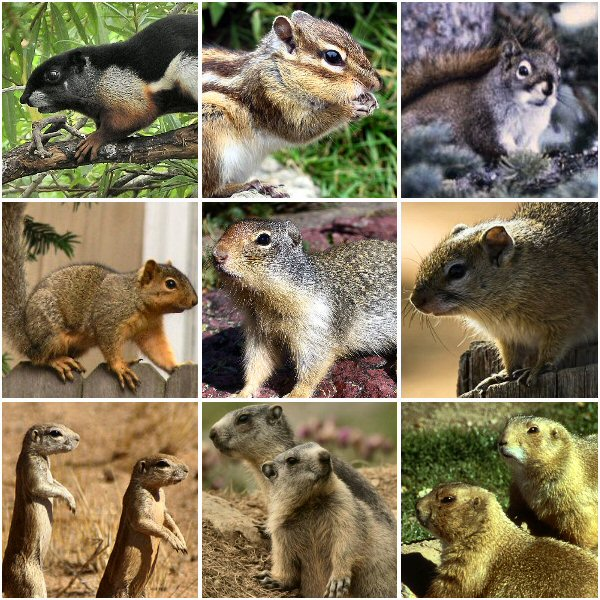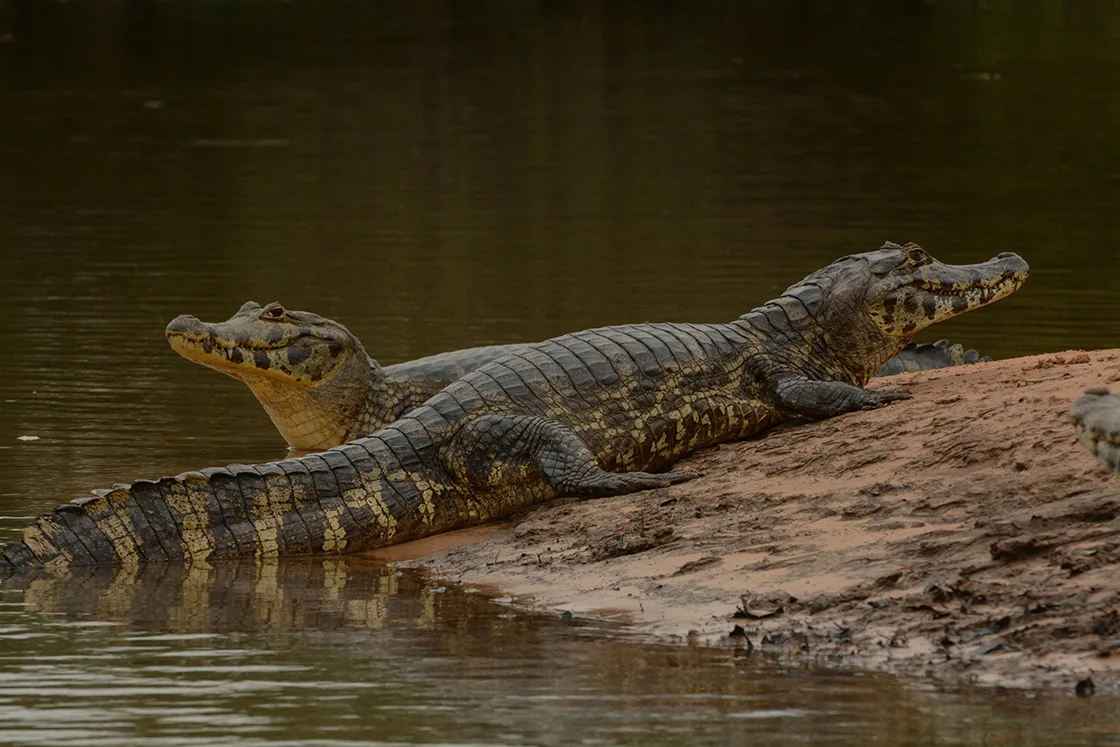Children of Israel-WILD MEAT IS UNCLEAN
Leviticus 11:1-3
1 And the Lord spake unto Moses and to Aaron, saying unto them,
2 Speak unto the children of Israel, saying, These are the beasts which ye shall eat among all the beasts that are on the earth.
3 Whatsoever parteth the hoof, and is clovenfooted, and cheweth the cud, among the beasts, that shall ye eat.
Leviticus 11:29 These also shall be unclean unto you among the creeping things that creep upon the earth; the weasel, and the mouse, and the tortoise after his kind,
Isaiah 66:17 They that sanctify themselves, and purify themselves in the gardens behind one tree in the midst, eating swine's flesh, and the abomination, and the mouse, shall be consumed together, saith the Lord.
Deuteronomy 14:4-6
4 These are the beasts which ye shall eat: the ox, the sheep, and the goat,
5 The hart, and the roebuck, and the fallow deer, and the wild goat, and the pygarg, and the wild ox, and the chamois.
6 And every beast that parteth the hoof, and cleaveth the cleft into two claws, and cheweth the cud among the beasts, that ye shall eat.
What is a Rodent?
Rodent definition: belonging or pertaining to the gnawing or nibbling mammals of the order Rodentia, including the mice, squirrels, beavers, etc
Types of Wild Meat:-
1. Agouti:- The agouti (/əˈɡuːtiː/, ə-GOO-tee) or common agouti is any of several rodent species of the genus Dasyprocta. They are native to Middle America, northern and central South America, and the southern Lesser Antilles. Some species have also been introduced elsewhere in the West Indies.[1] They are related to guinea pigs and look quite similar, but they are larger and have longer legs. The species vary considerably in colour, being brown, reddish, dull orange, greyish, or blackish, but typically with lighter underparts.

2. Manicou or black-eared opossum:-The manicou is a marsupial mammal, and although it looks like an opossum it’s actually family to the kangaroo! The manicou is also known as the black-eared opossum, but doesn’t have the opossum’s furry tail. The manicou’s tail is very long and whip-like, extremely strong, and is bare like that of a rat. I have always thought that manicous look a lot like hairy rats, although they have a more pointed nose and are of course considerably larger than the average rodent.

3. Lappe:-The lowland paca (Cuniculus paca), also known as the spotted paca, is a large rodent found in tropical and sub-tropical America, from east-central Mexico to northern Argentina, and has been introduced to Cuba and Algeria. The animal is called paca in most of its range, but tepezcuintle (original Aztec language name) in most of Mexico and Central America, tepesquintle in Guatemala, guardatinaja in Nicaragua, pisquinte in northern Costa Rica, jaleb in the Yucatán peninsula, conejo pintado in Panama, guanta in Ecuador, majás or picuro in Peru, jochi pintado in Bolivia, and boruga, tinajo, or guartinaja in Colombia. It is also known as the gibnut in Belize, where it is prized as a game animal, labba in Guyana, lapa in Venezuela, and lappe on the island of Trinidad.

4. Capybara:-The capybara[a] or greater capybara (Hydrochoerus hydrochaeris) is a giant cavy rodent native to South America. It is the largest living rodent[2] and a member of the genus Hydrochoerus. The only other extant member is the lesser capybara (Hydrochoerus isthmius). Its close relatives include guinea pigs and rock cavies, and it is more distantly related to the agouti, the chinchilla, and the nutria. The capybara inhabits savannas and dense forests, and lives near bodies of water. It is a highly social species and can be found in groups as large as 100 individuals, but usually live in groups of 10–20 individuals. The capybara is hunted for its meat and hide and also for grease from its thick fatty skin.

5. Tatu or Armadillo:- Armadillos (Spanish for 'little armored ones') are New World placental mammals in the order Cingulata. They form part of the superorder Xenarthra, along with the anteaters and sloths. 21 extant species of armadillo have been described, some of which are distinguished by the number of bands on their armor. All species are native to the Americas, where they inhabit a variety of different environments. The Brazilian three-banded armadillo (Tolypeutes tricinctus) is an armadillo species endemic to eastern Brazil, where it is known as tatu-bola (Portuguese pronunciation: [tɐˈtu ˈbɔlɐ], lit. ball armadillo). It is one of only two species of armadillo that can roll into a ball (the other is the southern three-banded armadillo).


6. Squirrels:-Squirrels are members of the family Sciuridae (/sɪˈjuːrɪdeɪ, -diː/), a family that includes small or medium-sized rodents. The squirrel family includes tree squirrels, ground squirrels (including chipmunks and prairie dogs, among others), and flying squirrels.

Leviticus 11:6 And the hare, because he cheweth the cud, but divideth not the hoof; he is unclean unto you.
Deuteronomy 14:7 Nevertheless these ye shall not eat of them that chew the cud, or of them that divide the cloven hoof; as the camel, and the hare, and the coney: for they chew the cud, but divide not the hoof; therefore they are unclean unto you.
7. Rabbit or Hare:- Rabbits are small mammals in the family Leporidae (which also includes the hares), which is in the order Lagomorpha (which also includes pikas). A male rabbit is called a buck; a female is called a doe. An older term for an adult rabbit used until the 18th century is coney (derived ultimately from the Latin cuniculus), while rabbit once referred only to the young animals.[2] Another term for a young rabbit is bunny, though this term is often applied informally (particularly by children) to rabbits generally, especially domestic ones. More recently, the term kit or kitten has been used to refer to a young rabbit.

8. Turtle or Tortoise:- Turtles are reptiles of the order Testudines, characterized by a special shell developed mainly from their ribs. Modern turtles are divided into two major groups, the Pleurodira (side necked turtles) and Cryptodira (hidden necked turtles), which differ in the way the head retracts. There are 360 living and recently extinct species of turtles, including land-dwelling tortoises and freshwater terrapins.


9. Caiman or Crocodile or Alligator:- A caiman (/ˈkeɪmən/; also cayman as a variant spelling[2] from Taíno kaiman[3][additional citation(s) needed]) is an alligatorid belonging to the subfamily Caimaninae, one of two primary lineages within the Alligatoridae family, the other being alligators. Caimans are native to Central and South America and inhabit marshes, swamps, lakes, and mangrove rivers. They have scaly skin and live a fairly nocturnal existence.



Leviticus 11:41 And every creeping thing that creepeth upon the earth shall be an abomination; it shall not be eaten.
42 Whatsoever goeth upon the belly, and whatsoever goeth upon all four, or whatsoever hath more feet among all creeping things that creep upon the earth, them ye shall not eat; for they are an abomination.
10. Snake:-Snakes are elongated, limbless reptiles of the suborder Serpentes (/sɜːrˈpɛntiːz/). Like all other squamates, snakes are ectothermic, amniote vertebrates covered in overlapping scales. Many species of snakes have skulls with several more joints than their lizard ancestors, enabling them to swallow prey much larger than their heads (cranial kinesis).



